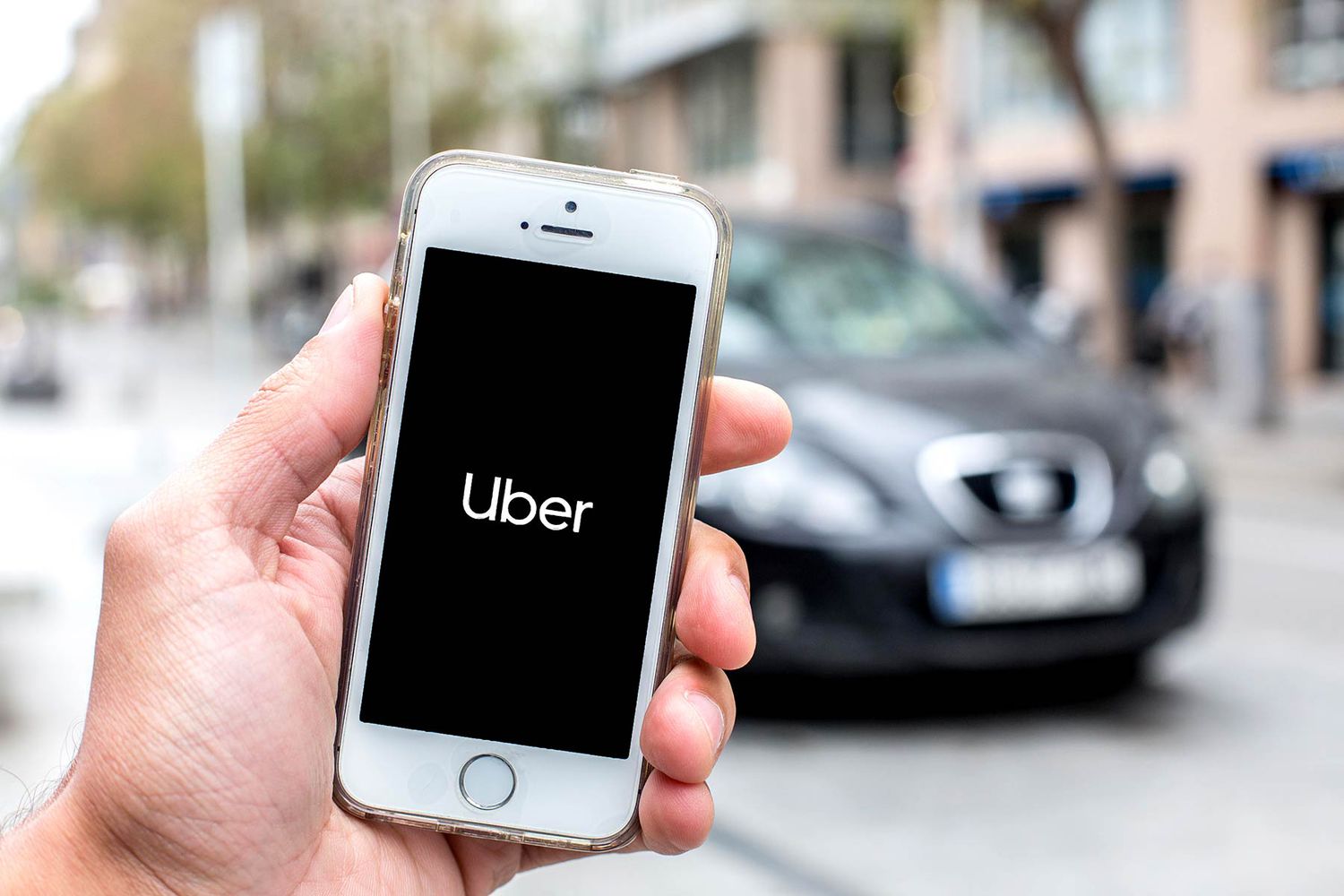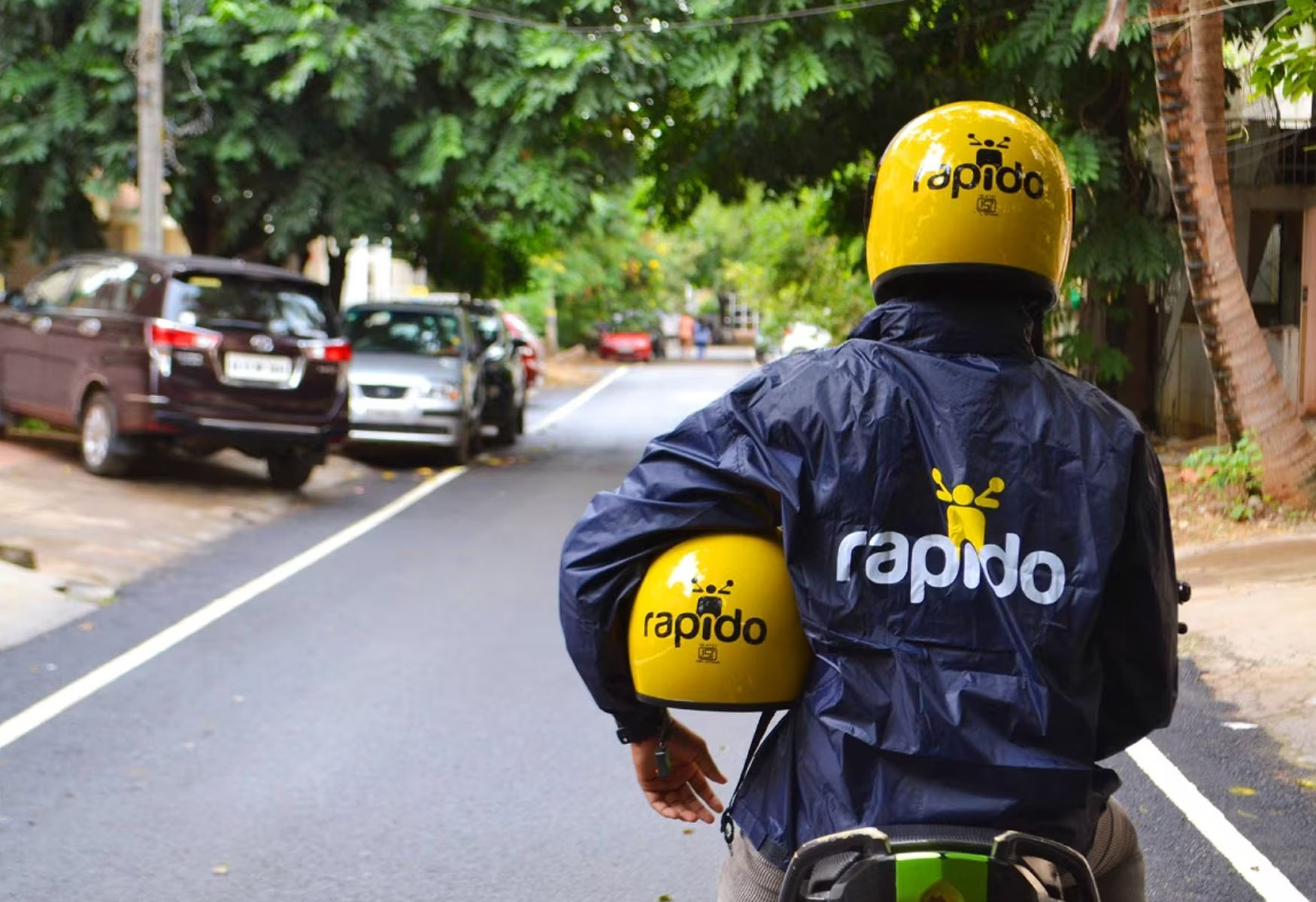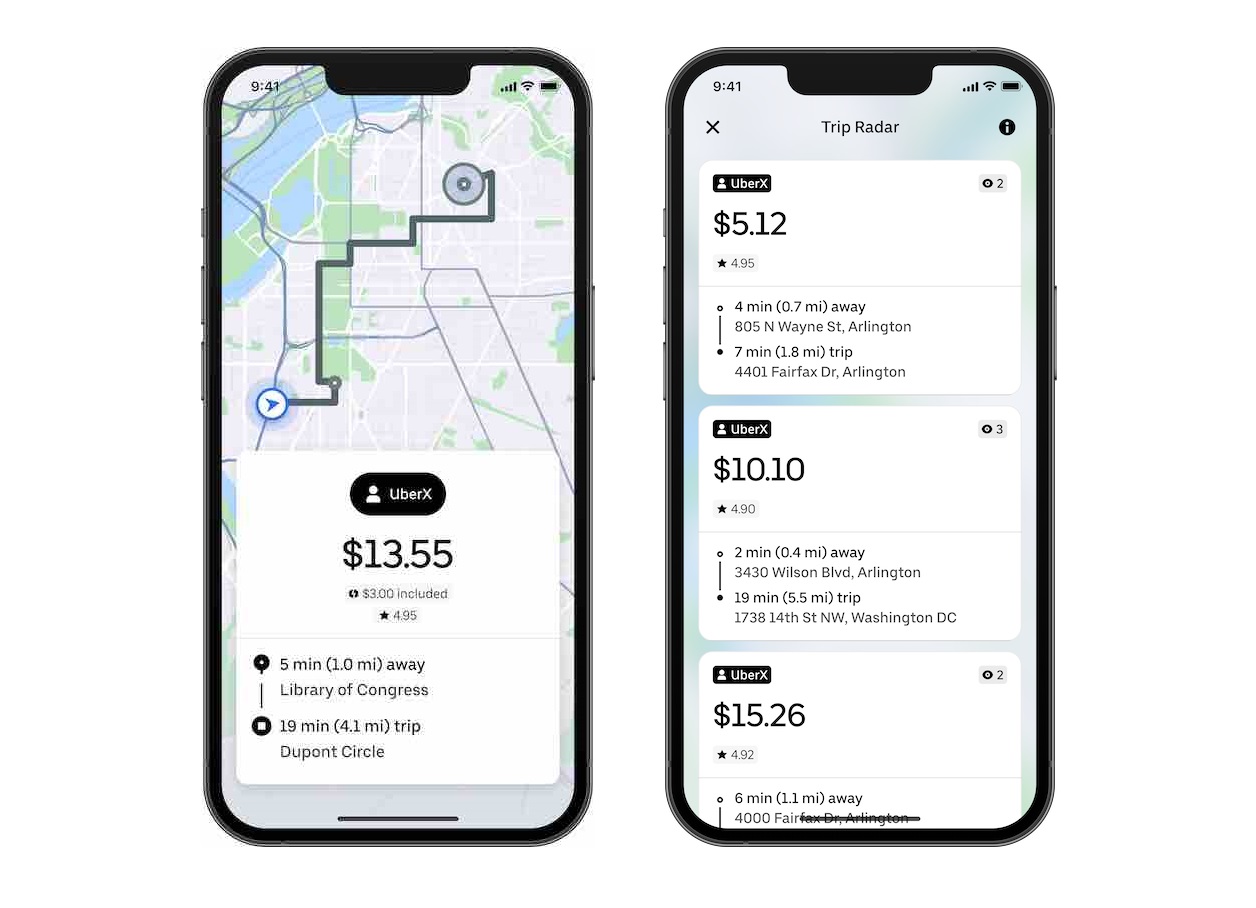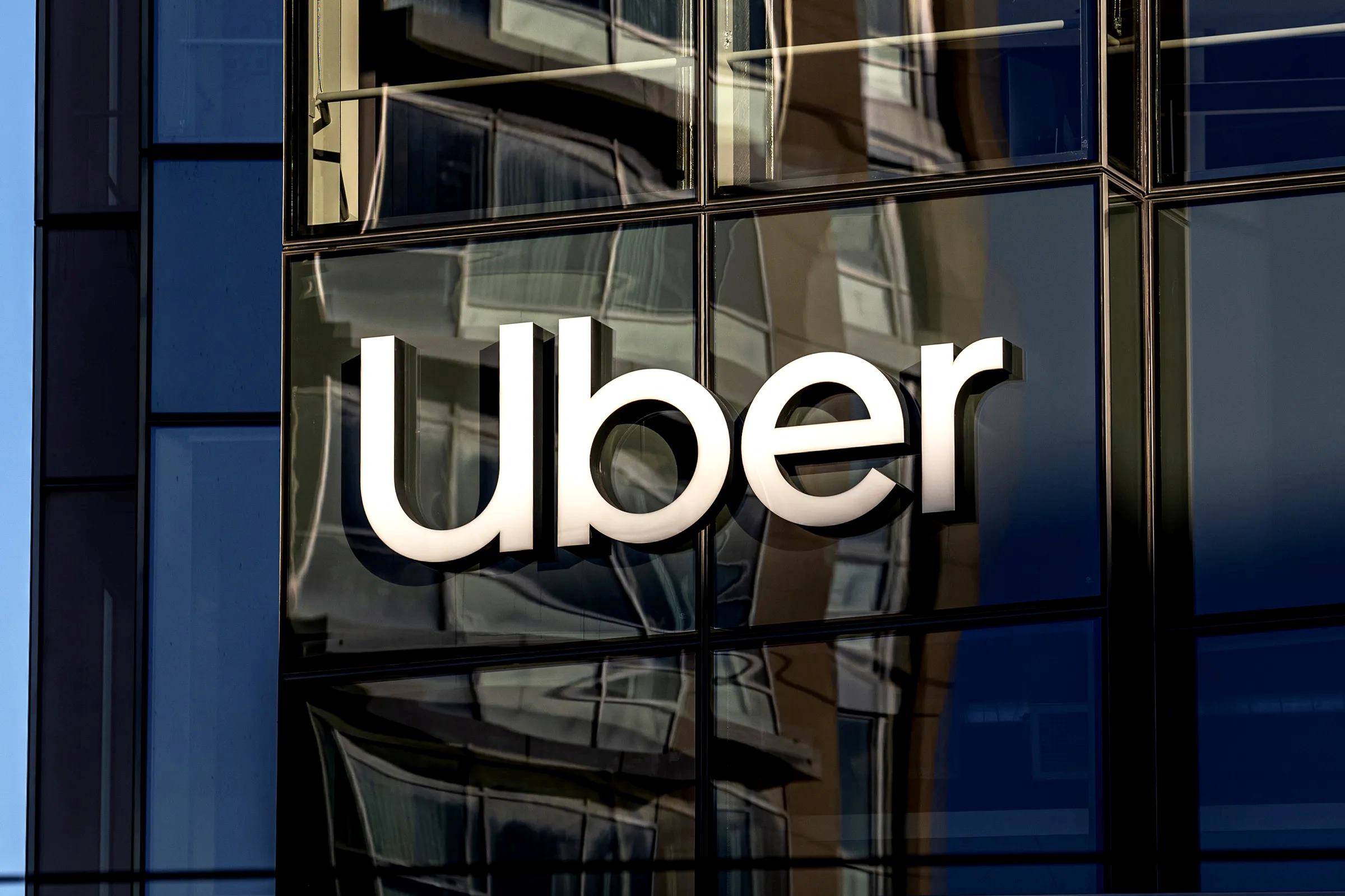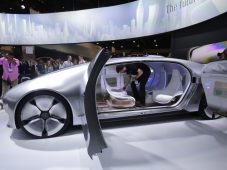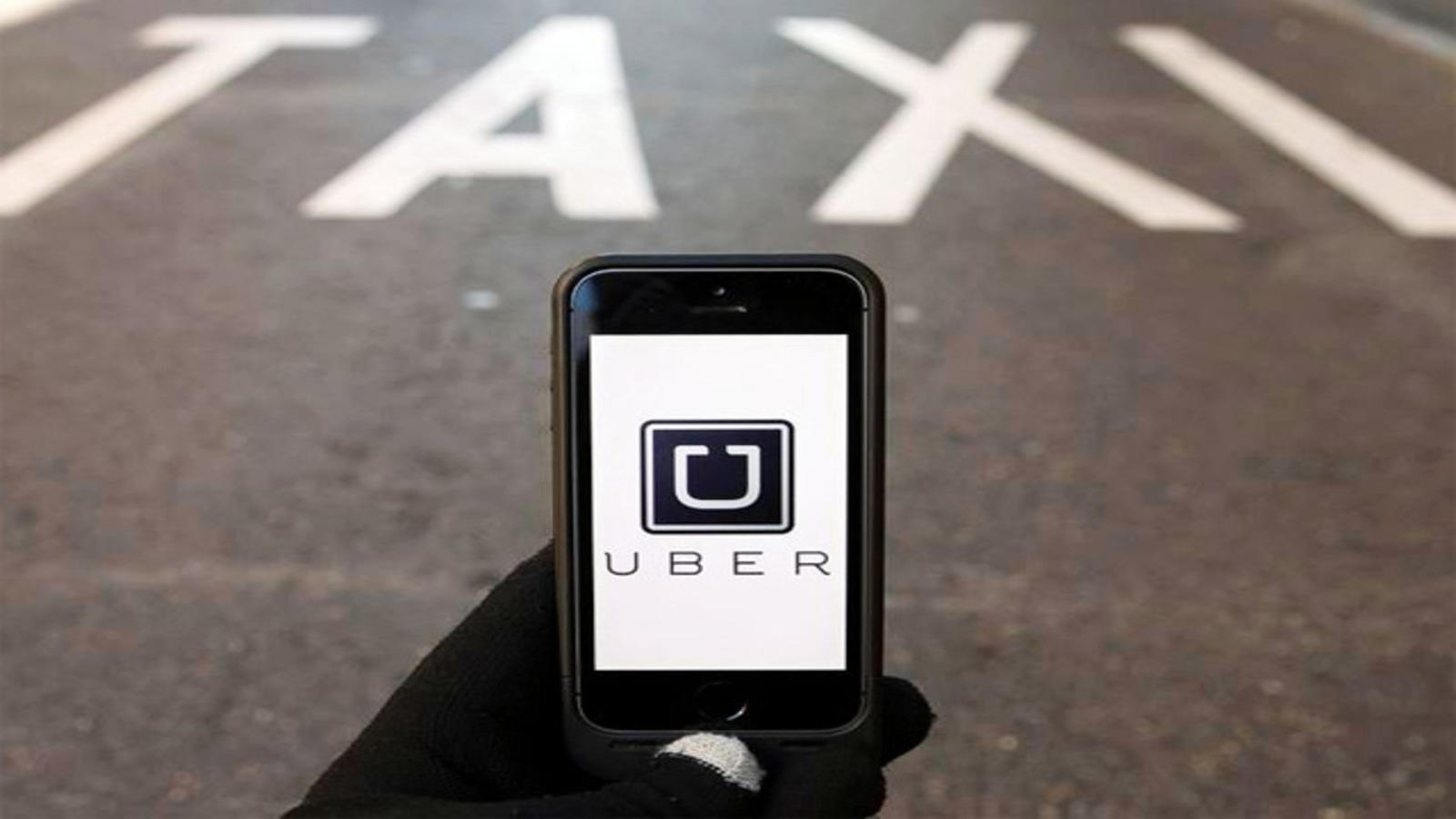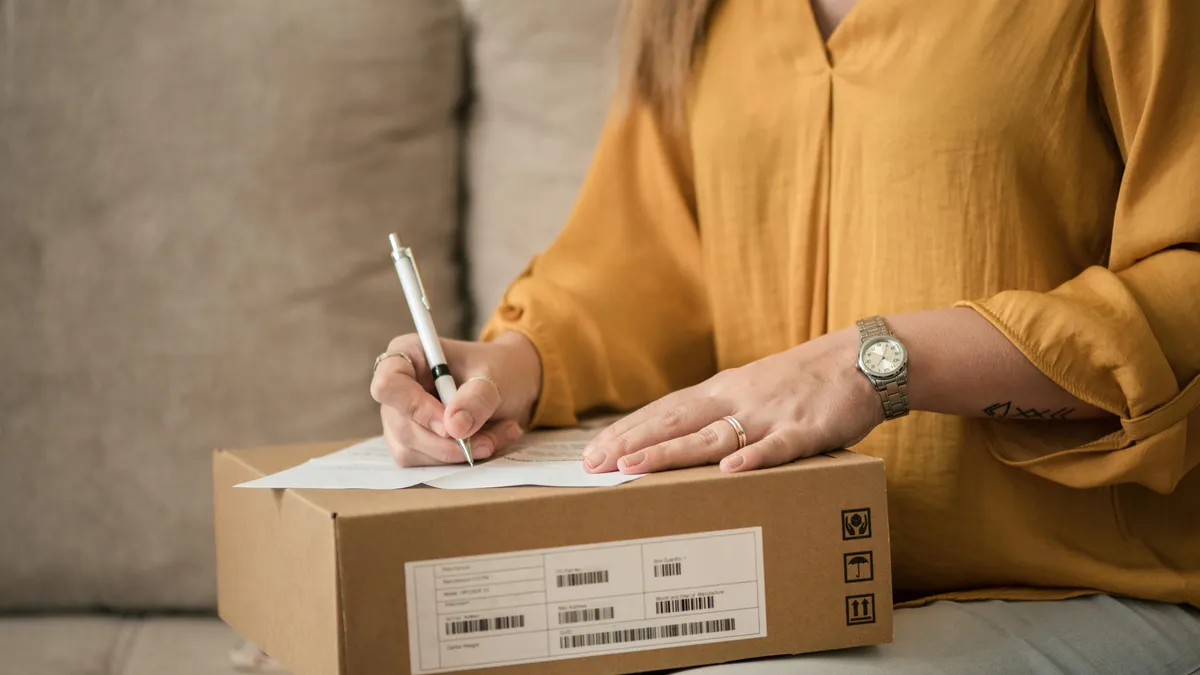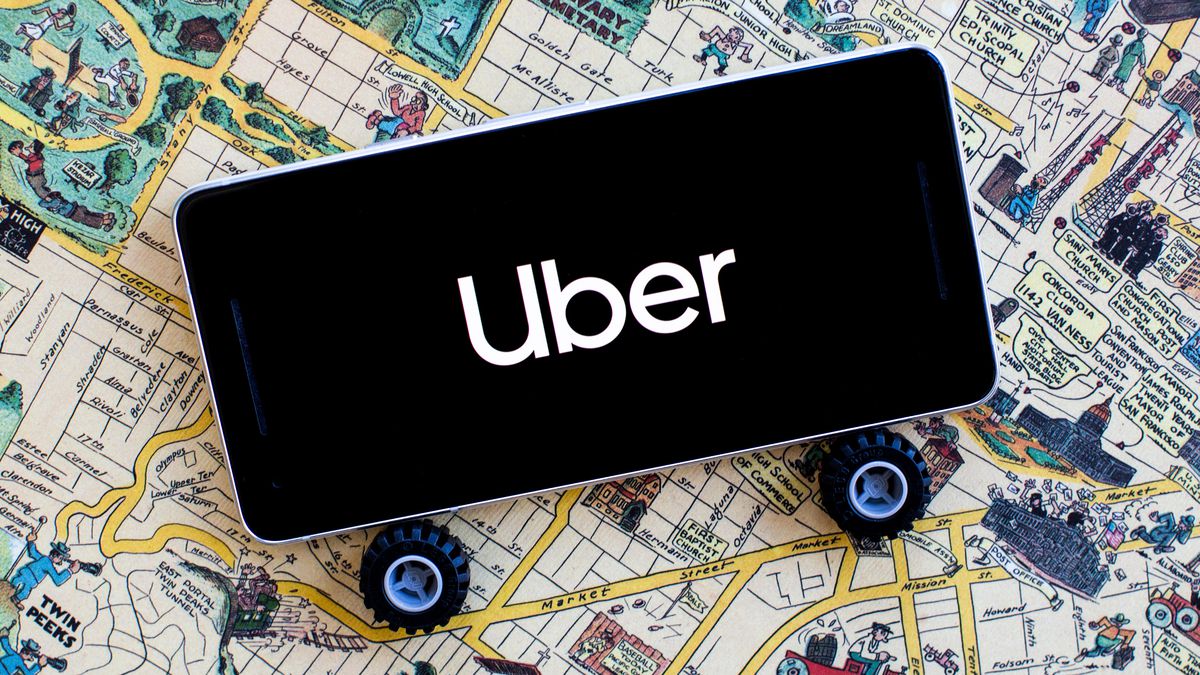Uber has been quietly testing a new flexible pricing service, Uber Flex, in more than a dozen cities in India. The move is seen as a potential strategy to grow its customer base in the country and also to put pressure on its competitors, including Ola and inDrive.
Key Takeaway
Uber is piloting a flexible pricing service, Uber Flex, in multiple Indian cities, allowing commuters to bid a particular fare for their ride, potentially reshaping the ride-hailing landscape in the country.
Uber Flex: A New Approach to Pricing
The flexible pricing service, Uber Flex, was introduced in India in October last year and has since expanded to over 12 cities, including Aurangabad, Ajmer, Bareilly, Chandigarh, Coimbatore, Dehradun, Gwalior, Indore, Jodhpur, and Surat, among others. Uber has confirmed the expansion of the flexible pricing service and stated that it is currently being piloted in some Tier 2 and 3 markets in India.
The service, initially rolled out for cabs and later extended to auto-rickshaw rides, allows commuters to bid a particular fare for their ride. This is a departure from Uber’s standard dynamic pricing model, which fluctuates based on supply, demand, and traffic conditions in a specific region. Uber Flex offers nine pricing points, allowing riders to choose a fare of their choice to be shared with nearby drivers. Based on the fare offered, drivers can accept or reject the ride.
Competition and Response
Uber’s move comes in the wake of competition from inDrive, which operates in several Indian cities and allows riders to negotiate the fare by manually entering a specific price for their ride. However, some inDrive drivers have expressed dissatisfaction with passengers offering low prices for their rides. In response, inDrive has emphasized its unique approach to ensuring fair compensation for drivers while providing an affordable yet high-quality ride-hailing experience for passengers.
Uber is addressing the issue of low fares by not allowing passengers to set a specific fare manually in the flex-pricing mode and placing a cap on the lowest fare. The service is available for Uber Go rides, Intercity cabs, Premier cabs, and auto-rickshaw rides in select cities, with commuters able to pay their fare in cash or via digital payment.
Expansion and Local Demand
Uber is also testing the Flex service in other markets, including Lebanon, Kenya, and Latin America, with plans to introduce the new service model in metro cities in India, such as Delhi and Mumbai. In addition to Uber Flex, the company is testing various services in India to meet local demand, including Uber Taxis in Mumbai and a Wait & Save model in cities like Mumbai, Guwahati, and Chandigarh, aimed at helping riders avoid surge pricing and pre-book a taxi at a lower fare when available.







